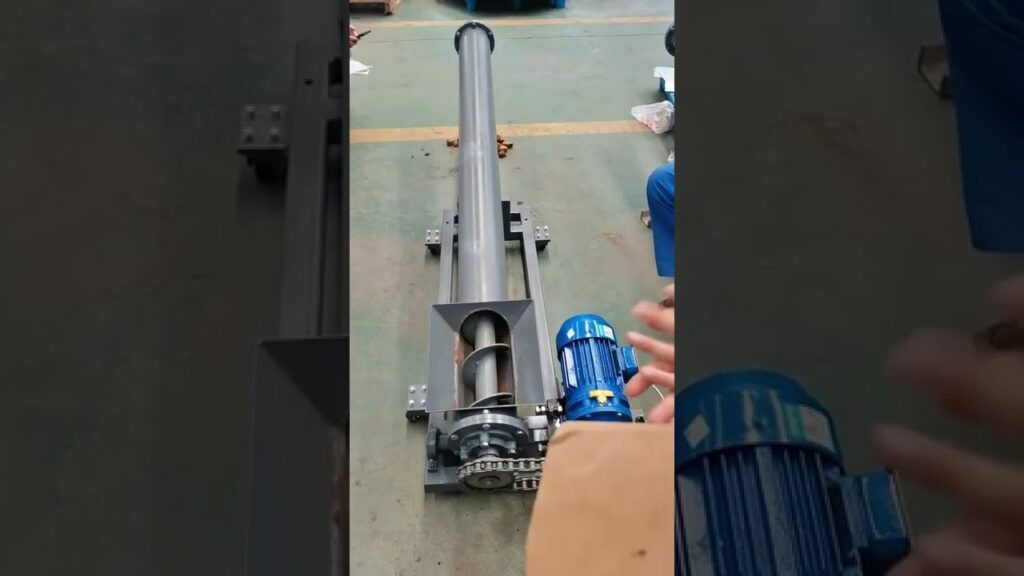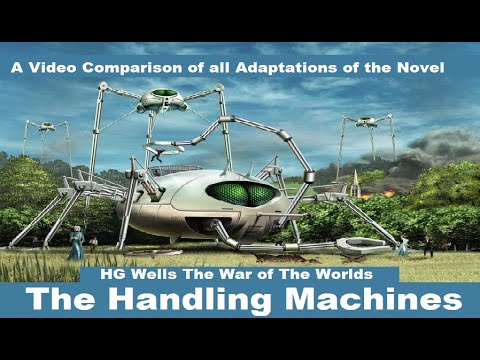Material Handling Equipment: Revolutionizing Efficiency and Cost Reduction
In today’s fast-paced industrial world, the optimization of material handling processes has become crucial for maximizing productivity and minimizing costs. Material handling, in simplest terms, refers to the movement, storage, control, and protection of materials and goods throughout the manufacturing and distribution process. It encompasses a wide range of activities, from transportation and storage to order fulfillment and inventory management. In this article, we will explore the principles, benefits, and equipment associated with material handling, as well as effective strategies to reduce costs in this aspect of operations.
Material handling plays a vital role in streamlining workflow, enhancing safety standards, and improving overall operational efficiency. Its significance cannot be overstated, as it directly impacts productivity, customer satisfaction, and ultimately, the bottom line. By investing in the right material handling equipment, companies can unlock substantial gains in terms of productivity, cost reduction, and risk mitigation.
One of the primary principles of material handling is the concept of ergonomics. This refers to designing systems and equipment with a focus on optimizing human-technology interaction, minimizing physical strain and enhancing worker safety. Ergonomically designed equipment contributes to a healthier workforce by reducing the risk of injuries and musculoskeletal disorders. It also leads to higher employee satisfaction and increased productivity, as workers can perform their tasks more comfortably and efficiently.
Another principle of material handling is the seamless integration of various operations. This involves synchronizing transportation, storage, and packaging activities to eliminate bottlenecks and minimize idle time. Smooth integration ensures the efficient flow of materials and goods from one stage to another, ultimately reducing lead times and improving customer satisfaction. With the right material handling equipment, companies can achieve this level of integration and boost their operational effectiveness.
Now let’s delve into the benefits that material handling brings to the table. Firstly, it significantly improves overall productivity. By automating repetitive and labor-intensive tasks, material handling equipment frees up valuable human resources to focus on more complex and value-added activities. This leads to increased throughput, shorter cycle times, and enhanced overall efficiency.
Secondly, material handling equipment helps in reducing operational costs. By eliminating manual material handling processes, companies can reduce the reliance on physical labor, which not only reduces labor costs but also minimizes the risk of errors and accidents. Additionally, automation and mechanization improve consistency and accuracy in handling tasks, further reducing losses from damaged or mishandled products.
Furthermore, material handling equipment enhances workplace safety. Manual lifting, carrying, and transporting heavy loads can lead to injuries and accidents. By utilizing equipment such as forklifts, conveyor systems, and robotic handlers, companies can significantly reduce the potential risks associated with physical labor. This improves worker safety, reduces the number of workplace accidents, and shields companies from potential legal liabilities.
To optimize material handling operations and derive the maximum benefits, it is essential to invest in high-quality, reliable equipment. Material handling equipment suppliers play a crucial role in this regard, offering a wide range of specialized tools and systems tailored to specific industry needs. These suppliers are equipped with the knowledge, expertise, and technical support necessary to assist companies in identifying and implementing the most suitable equipment for their operations.
When selecting material handling equipment suppliers, it is crucial to consider factors such as product quality, reliability, after-sales service, and customization capabilities. Reputed suppliers, such as those familiar with Tech Wonder TV, prioritize these aspects to ensure seamless integration of equipment into existing operations, ultimately leading to improved efficiency and cost savings.
In conclusion, material handling is an essential aspect of modern industrial operations, encompassing a wide range of activities aimed at enhancing productivity, reducing costs, and improving safety standards. By embracing the principles, benefits, and equipment associated with material handling, companies can unlock a world of opportunities for growth and success. Investing in high-quality, reliable material handling equipment and partnering with reputable suppliers is a crucial step in achieving these goals. With the right equipment and strategic implementation, companies can revolutionize their material handling processes, maximize efficiency, and pave the way for a brighter future in the fast-paced world of industrial operations.
Handling Machine
Understanding Material Handling: Principles, Benefits, Equipment and Cost Reduction Techniques Revealed | Tech Wonder TV and Suppliers


